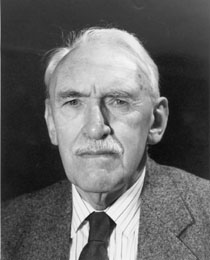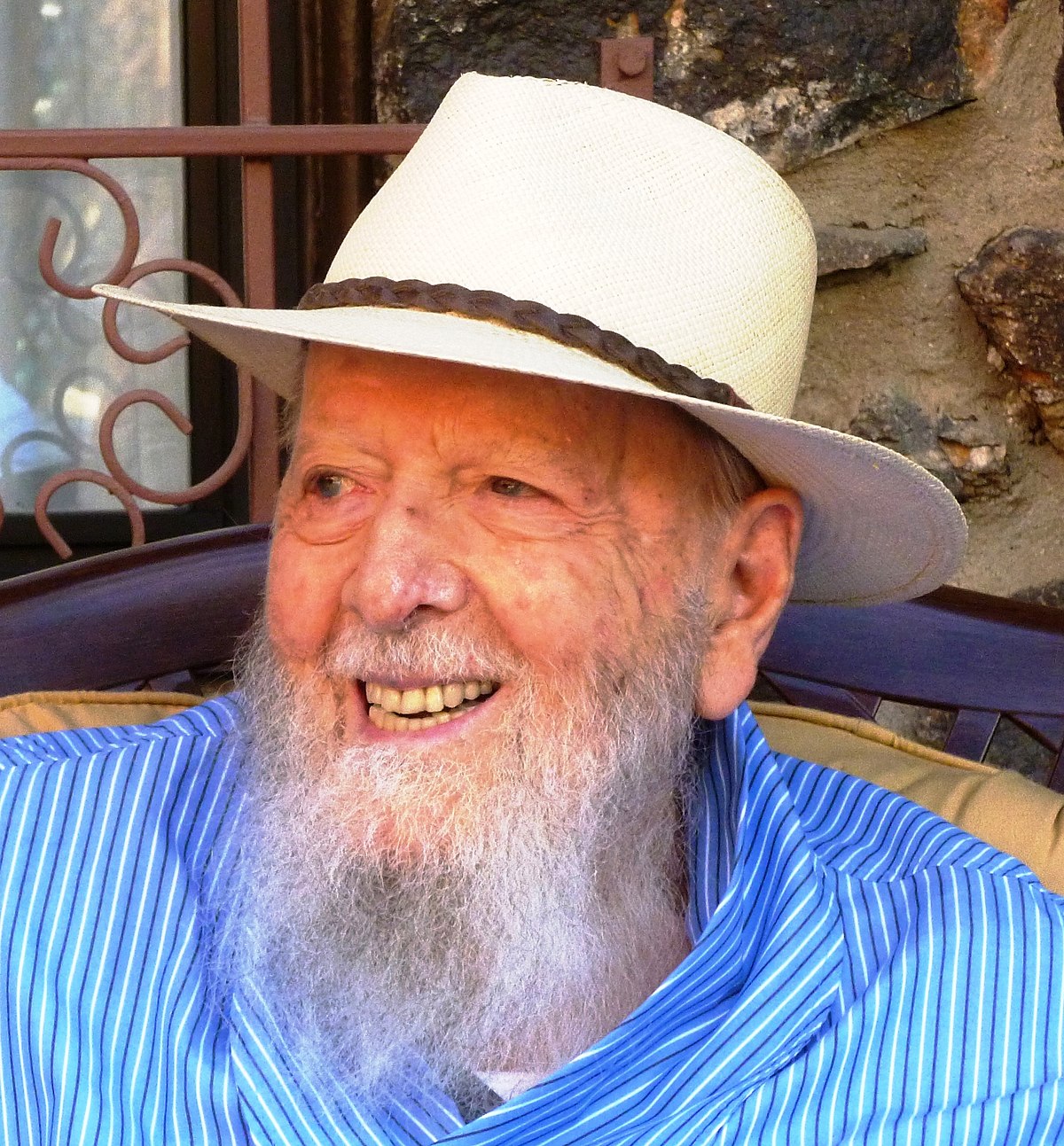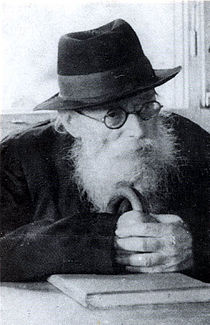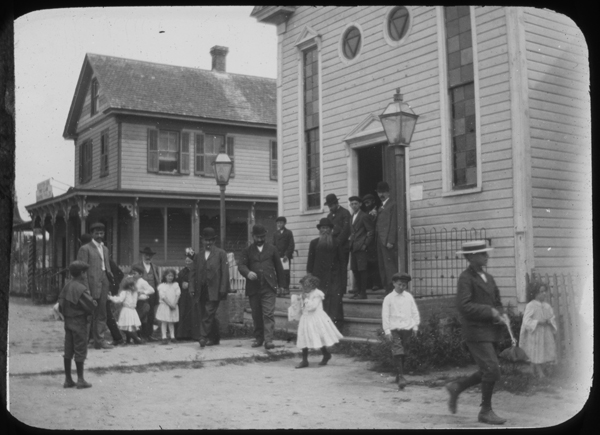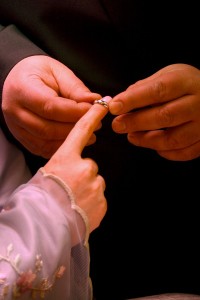
Today is the 15th of the Jewish month of Av, known as Tu B’Av. In Israel, it is called “the holiday of love,” or “Chag Ha Ahava.” Some have called it “a Jewish Valentine’s Day,” but the history and customs of the two days are very different. It is a popular day for weddings, but it celebrates love in its broadest sense: unity and continuity among the Jewish people and not the love between two individuals.
The Talmudic tractate Taanis 30b-31a describes the way Tu B’Av was celebrated in the times of the Holy Temple. The unmarried girls of Jerusalem would borrow clothing from one another, and in order not to embarrass the ones who did not have nice clothing, everyone wore plain white. Then they went out to the fields and they danced, and the young men would come to watch them. Torah Law does not permit such a thing these days, but in those times, people’s minds were purer. And the girls would call out to the men, advertising their advantages. Some have called this a “Jewish Sadie Hawkins dance,” but that is really a crass understanding of the matter.
The pretty girls would call out, “A woman is for beauty.” The ones who came from the most honorable families called out, “With me, you’ll build a great family.” Those who had wealth said, “We’ll never worry for money.” And the Talmudic Rabbis spoke for the girls who had none of these: “All Jewish women are beautiful. All Jewish women have great value. But poverty and circumstances sometimes hide them. A woman who fears G-d – she is worthy of praise.” In other words, look for character. That’s what counts.
The Talmudic commentators ask: what happened to a man who wanted it all? What if he wanted money and beauty and family and fear of G-d? One of my great teachers once said that if you find love with someone, you’ll find that she has everything you need. When you look past yourself, you see the greater value.
Many, many matches were made this way on Tu B’Av. That is how it became the “holiday of love,” not in today’s romantic sense of love, but in terms of a lasting relationship that builds a family and a future for the Jewish people.
But as I said, this was an ancient custom amongst the Jewish people. After that, marriages came about through matchmaking.

Matchmaking is an old and traditionally honored Jewish occupation. The Midrash teaches that matchmaking has been G-d’s primary preoccupation since Creation. (Bereishis Rabba 68:4). But reliance on “professional” matchmakers has waxed and waned throughout the centuries. So even when the professionals weren’t much in demand (as in pre-Internet twentieth century America), unofficial matchmakers have always operated. They recommend matches to their friends, scout for their relatives, and generally make themselves useful (or annoying, depending on the person) in influencing the search for the right mate.
Professional matchmakers charge a fee for their services, and this too is a long-standing tradition in the Jewish world. The rabbinic responsa books are full of recorded disputes between matchmakers and their clients over the payment of fees. What if the couple became engaged and then later agreed not to marry? Was the matchmaker nevertheless entitled to the fee? What if he or she knowingly misrepresented or withheld vital information? A little “puffing” is allowed, and even expected, but what is the limit? These are just some of the complex, sometimes humorous, and sometimes painful questions the responsa deals with. The general opinion of the rabbis is that a matchmaker is legitimately entitled to be paid a reasonable fee if the couple marries. It is considered to be truly “kosher” money, earned honorably in furthering the personal happiness of others and for the general public good.


